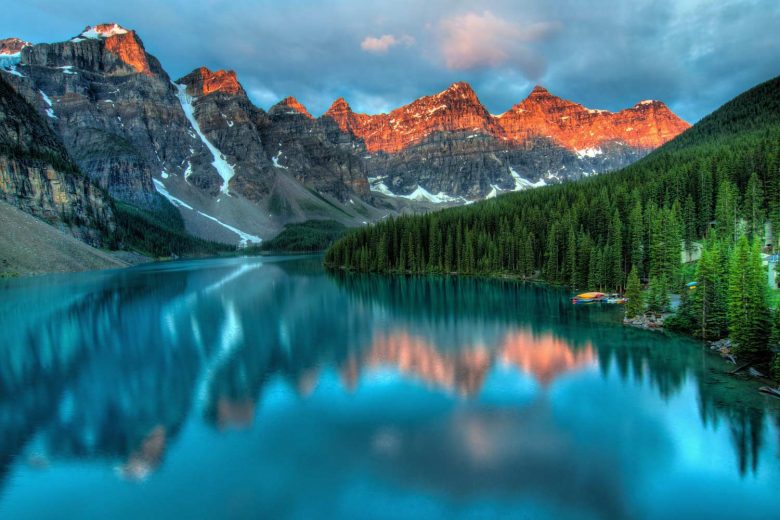The term shutter comes from still photography where it describes a mechanical ‘door’ between camera lens and the film.
When a photo is taken, the door opens for an instant the film is exposed to the incoming light. The speed at which the shutter opens and closes can be varied – the faster the speed, the shorter the period of time the shutter is open and less light falls on the film.
Shutter speed is measured in fractions of a second. A speed of 1/60 second means that the shutter is open for one sixtieth of a second. A speed of 1/500 is faster, and 1/10000 is very fast indeed.
Video camera shutters work quite differently from still film camera shutters but the result is basically the same. Technical difference is that, rather than using a mechanical device, the shutter speed is adjusted electronically varying the amount of time the CCD is allowed to build a charge.
The main effect of higher shutter speed is that individual frames appear sharper due to the minimisation of motion blur. Motion blur occurs when the subject moves within the frame while the shutter is open. The less time the shutter is open (i.e. the faster the shutter speed), less movement will take place.
A side-effect of higher shutter speeds is that, the movement appears jerkier. This is because motion blur tends to smooth consecutive frames together.
The larger the shutter angle, the more the light passes through. The relationship is designed to be similar to shutter speeds – half or doubling the angle will half or double the light.
Most film movie cameras have shutter angles from 0o to 180o. The most common shutter angle used is 180o, which gives us the ‘film look’. This corresponds to exactly half the duration that each frame will take in one second.
Example: If a movie is shot at 24 frames per second, each frame takes about 0.0417 seconds. A 180o shutter will let light pass through for half this time period, which equates to 0.0208 seconds, which is roughly 1/48 seconds.
When cameras don’t allow you to choose 1/48 seconds exactly, can approximate the same effect with a shutter speed of 1/50 seconds for 24 fps.

